Discover the innovative 10ft expandable container house, a revolutionary space-saving solution transforming compact living. This article explores its design, benefits, setup process, and versatile applications, offering insights for sustainable housing enthusiasts and minimalists seeking efficiency without compromise.
In the world of modular architecture, the humble shipping container has evolved far beyond its cargo-carrying origins. While the standard container 20ft hc (high cube) remains popular for storage and construction, a new player is stealing the spotlight: the 10ft expandable container house. This pint-sized powerhouse redefines compact living with its clever engineering and surprising spaciousness. Let’s dive into why this innovative dwelling is capturing imaginations worldwide.
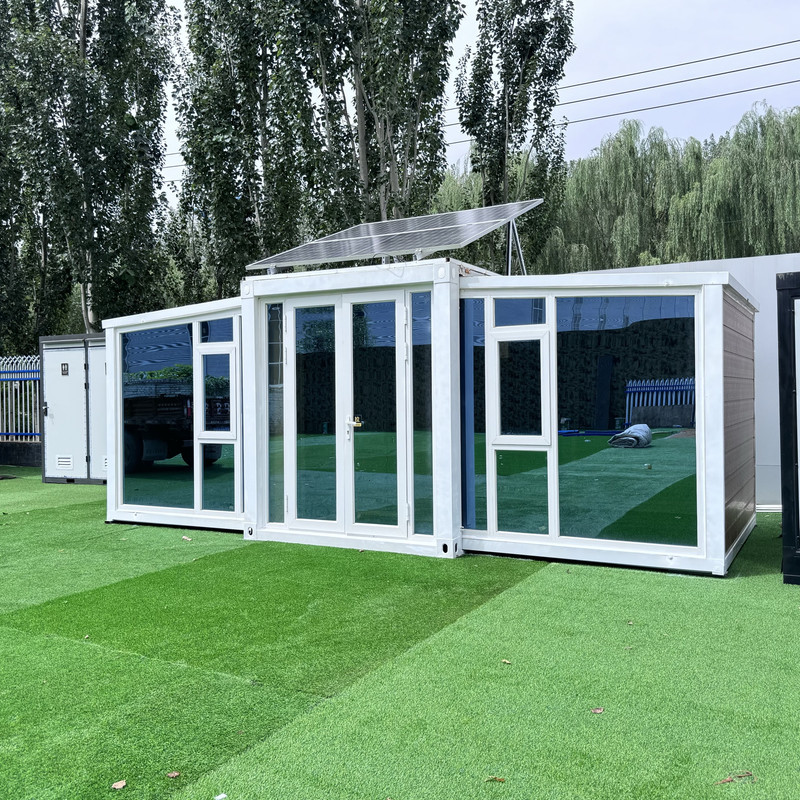
What Makes the 10ft Expandable Container House Special?
At first glance, the 10ft expandable container house resembles a standard shipping container – sturdy, corrugated steel exterior, industrial charm. But here’s the magic: with a simple push-button mechanism or manual cranking, it unfolds to nearly triple its original footprint. Unlike the static container 20ft hc units, this expandable version transforms from a compact 10x8ft box into a functional living space of approximately 300-400 sq ft. Perfect for urban plots, remote retreats, or temporary housing, it combines portability with genuine livability.
The high-cube design (borrowing from the container 20ft hc’s taller profile) provides 9ft ceilings, creating an airy feel that defies its small footprint. Reinforced steel framing ensures durability against harsh weather, while insulated walls and double-glazed windows maintain comfort year-round. It’s essentially a Transformer for housing – compact during transport, surprisingly spacious once deployed.
Key Benefits That Stand Out
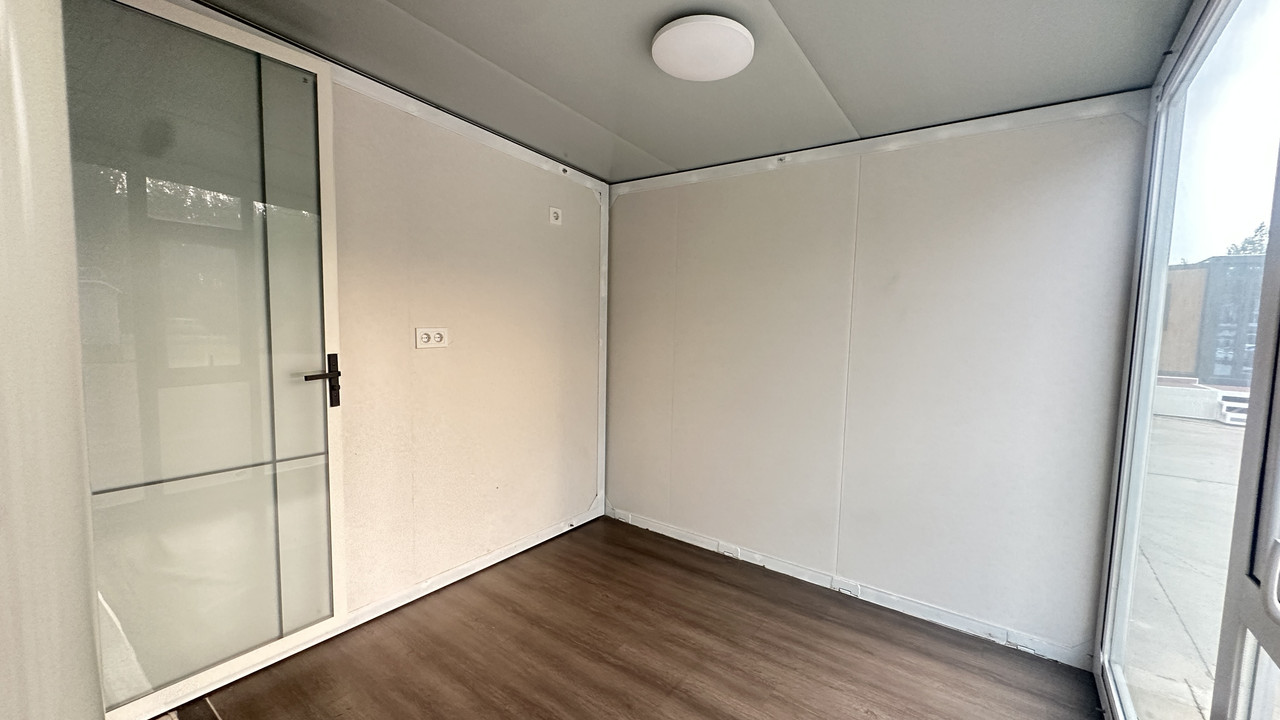
Why choose this over traditional tiny homes or static containers? First, speed of deployment. Most units unfold in under 30 minutes, requiring minimal foundation work. Second, eco-efficiency. Repurposing steel containers reduces construction waste by up to 70% compared to conventional builds. Third, mobility. Unlike permanent structures, these can be relocated with standard trucks, ideal for temporary projects or nomadic lifestyles.
Cost-wise, they’re often 20-30% cheaper than site-built homes of similar size. The expandable design also maximizes land use – perfect for urban infill lots or eco-villages where space is premium. And let’s not forget customization: interiors can be fitted with kitchens, bathrooms, lofts, and smart-home tech, proving that small doesn’t mean Spartan.
Inside the Expandable Container: Design & Features
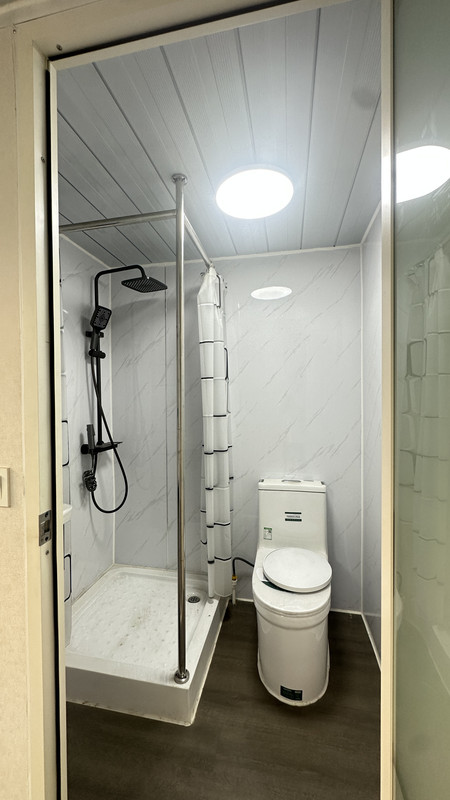
Step inside, and you’ll find a surprisingly well-thought-out layout. The expanded sections typically house the main living area and bedroom, while the core container contains utilities like the kitchen and bathroom. High-quality finishes – from bamboo flooring to LED lighting – create a warm, modern aesthetic. Large windows and optional skylights flood the space with natural light, countering any “container claustrophobia.”
Storage is ingeniously integrated: under-bed drawers, wall-mounted cabinets, and fold-down furniture maximize every inch. Some models even feature rooftop decks or solar panel integration for off-grid capability. Watch this video to see the interior transformation:
Your browser does not support the video tag.
How It Works: The Expansion Process
The engineering brilliance lies in the hydraulic or mechanical expansion system. Here’s the simplified process:
1. Position the container on level ground (minimal site prep needed).
2. Unlock the side panels using latches or release levers.
3. Activate the system – either via motorized hydraulics or manual cranks.
4. Watch as the walls slide out, floor sections drop into place, and roof panels extend automatically.
5. Secure all locks, and voilà – your home is ready!
This video demonstrates the seamless setup:
Your browser does not support the video tag.
Real-World Applications
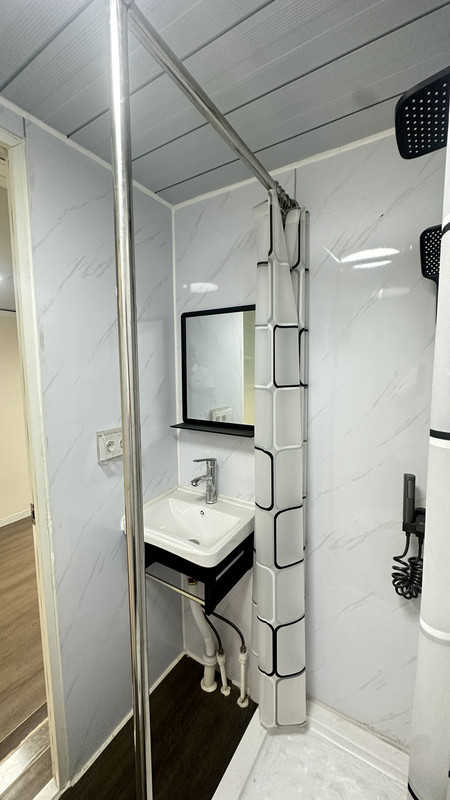
The versatility of these units is staggering. They’re being used as:
– Backyard ADUs: Affordable housing for family members or rental income.
– Disaster relief shelters: Quick-deployment housing after emergencies.
– Remote workspaces: Off-grid offices for creatives or researchers.
– Eco-resorts: Low-impact accommodations in sensitive environments.
– Student housing: Modular dormitories for expanding campuses.
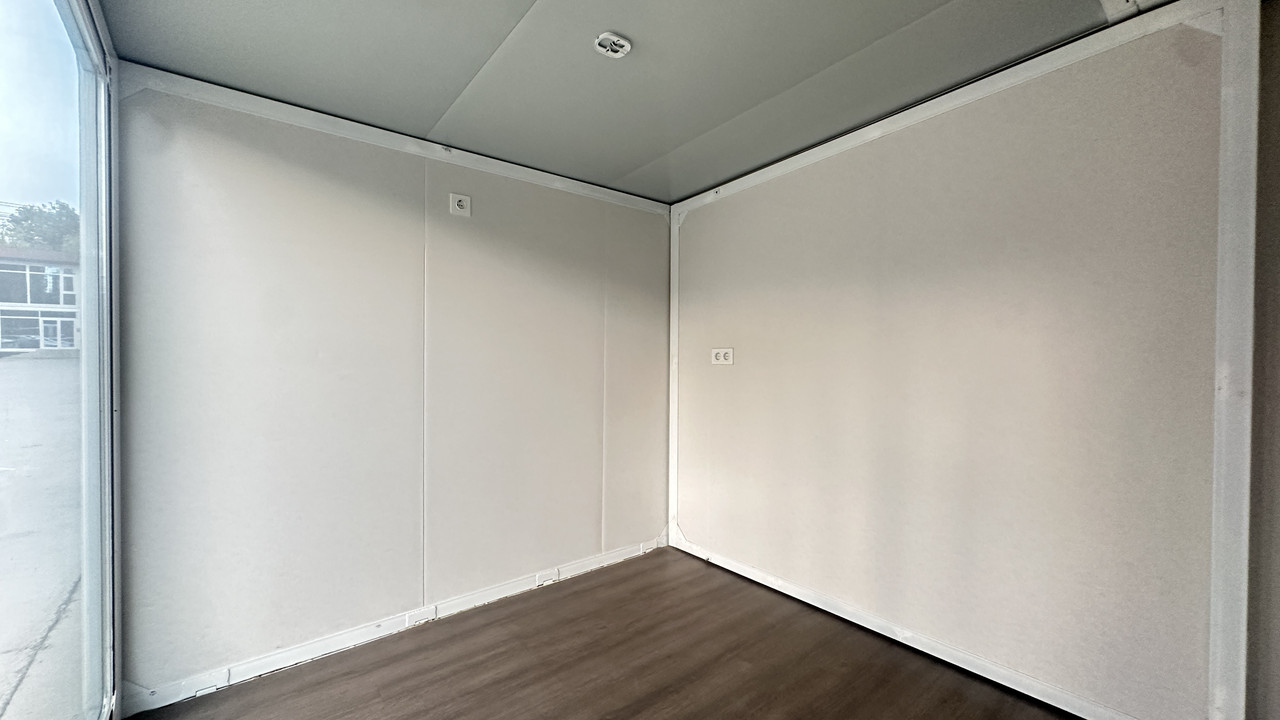
Why It Beats the Container 20ft HC for Living Spaces
While the container 20ft hc excels in storage and static builds, it lacks the expandable model’s adaptability. The 10ft unit offers superior space efficiency when deployed, easier transport due to smaller size, and a more residential-friendly footprint. For those prioritizing livability over raw storage, the expandable version is clearly the winner – no compromises needed.
Final Thoughts
The 10ft expandable container house isn’t just a trend; it’s a practical response to modern housing challenges. By blending industrial robustness with residential comfort, it offers a sustainable, flexible, and surprisingly spacious solution. Whether you’re a minimalist, an eco-warrior, or simply need smart space, this innovation proves that big ideas truly can come in small packages.
